'Beyond doubt the greatest scoundrel that ever sailed from England.' - English Ambassador to Venice 1622, of Jack Ward, an English Barbary Pirate. Two thousand years of rape, pillage and state sponsored terrorism off the Mediterranean coasts finally eradicated by the United States Navy in their first 'peace keeping' adventure.
By Nick Nutter | Updated 28 Jun 2022 | Andalucia | History |
Login to add to YOUR Favourites or Read Later
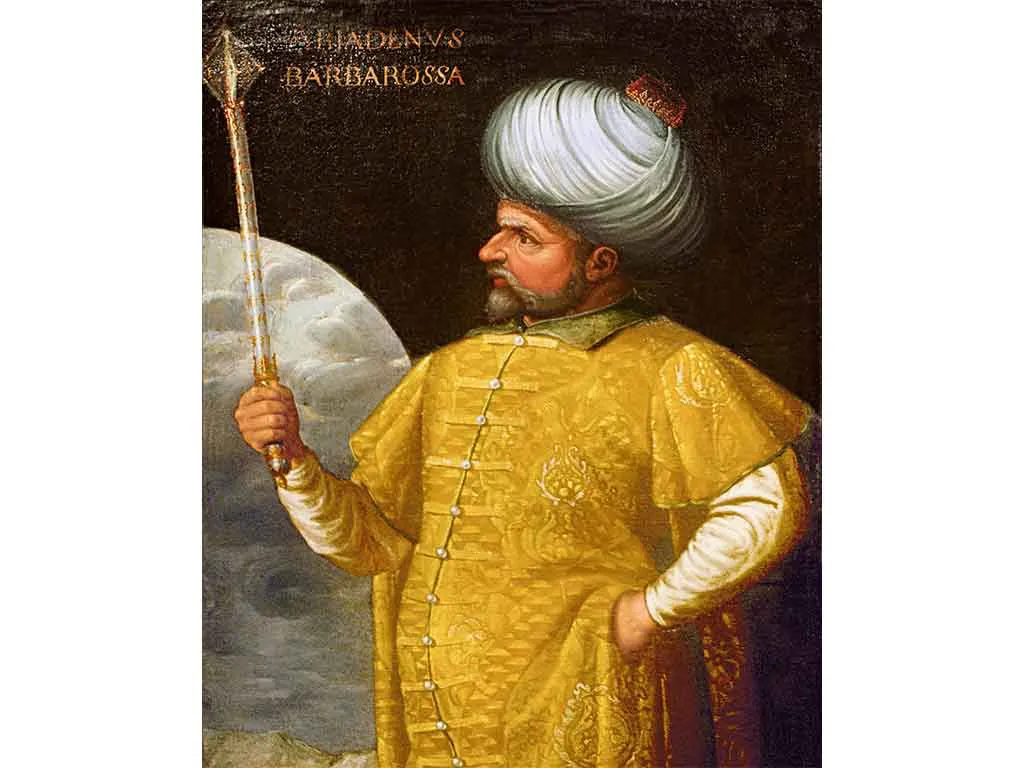
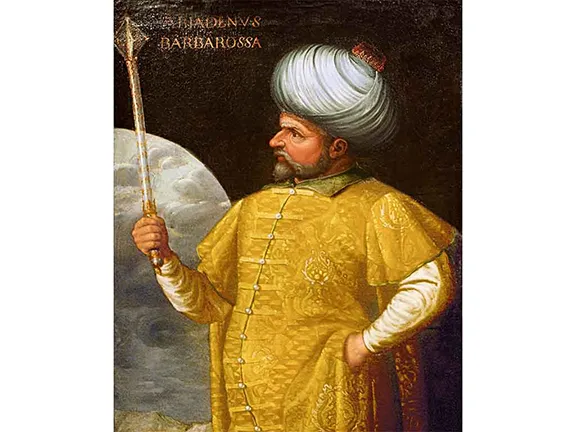
Barbarossa
The Barbary coast, from Egypt to Tangier was notorious from the time of the Roman Empire to the beginning of the 19th century for its piratical inhabitants. The name, Barbary Coast, originated either from the most famous pirate of them all, Barbarossa, who terrorised shipping in the 16th Century from his bases in Algeria and Morocco or from the name of the tribes that inhabited the north coast of Africa, the Berbers, depending which source you read. Many of the torres and coastal defences you see in Andalucia were built in an attempt to prevent or deter the raids of the Barbary pirates.
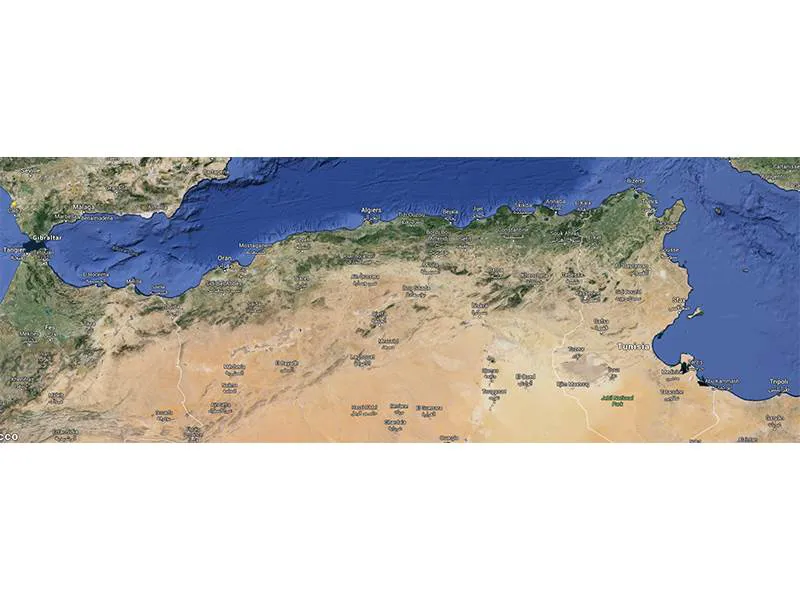
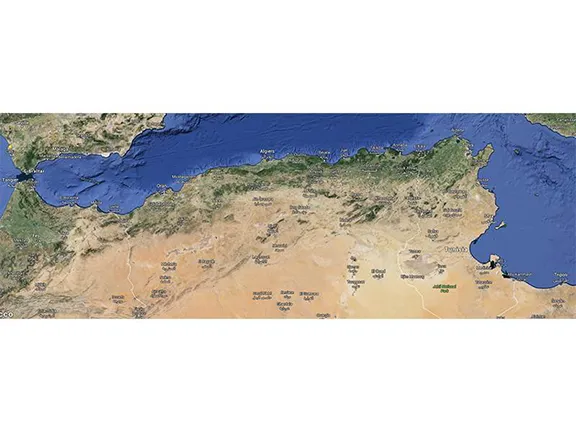
Map of the Barbary Coast
Piratical activity had been a problem before the Ottoman Empire; even Julius Caesar found himself a victim. According to Plutarch, in 75 AD he was captured by Cilician pirates while sailing in the Aegean Sea. They demanded a ransom of 20 talents of silver for his release (about 600,000 Euros in today's values). Here the story takes a typically Caesarian twist. The young Julius laughed at their request, told them he was worth more than that and demanded they raise the ransom to 50 talents. While the ransom was being raised Julius dominated the pirates by indulging in psychological warfare. He spent his time creating poetry and speeches that he then read out to the pirates. He insisted they do not talk when he was sleeping and took part in their exercises, often taking the part of their leader. Although the pirates grew to respect Caesar they were in no doubts as to their fate when he was released because Julius told them exactly what would happen; he would hunt them down and crucify them. He made good on his promise. He did show some leniency however, by slitting their throats before the crucifixion.
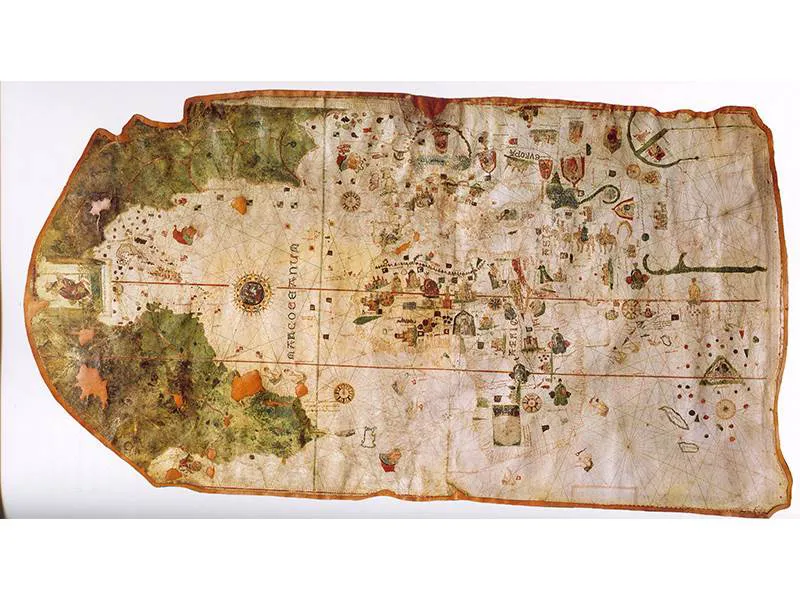
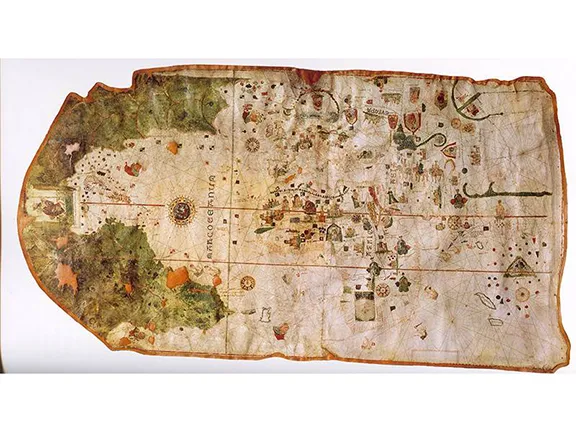
Piri Reis map
Piracy in the Mediterranean continued throughout the centuries but, after 711AD the Moorish occupation of southern Spain did to some extent, protect shipping along the Spanish coast. All that changed as Spain was gradually taken from the Moors.
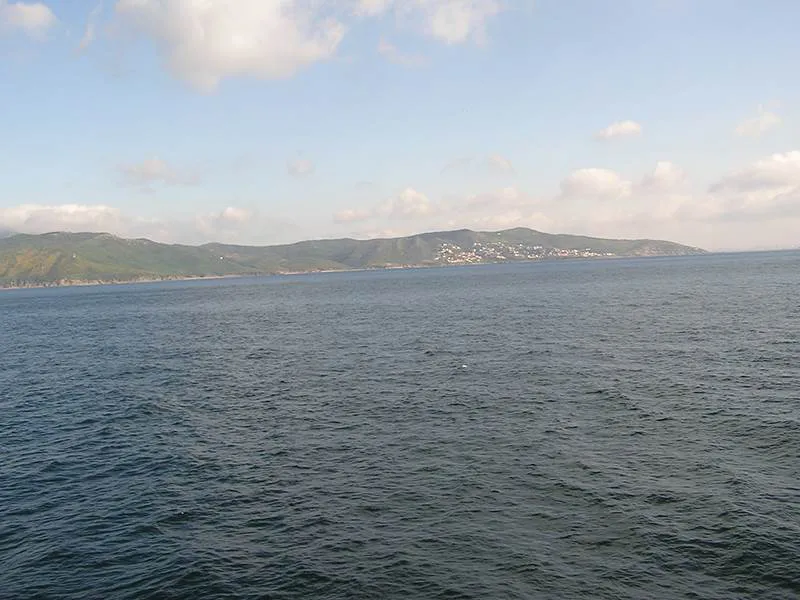
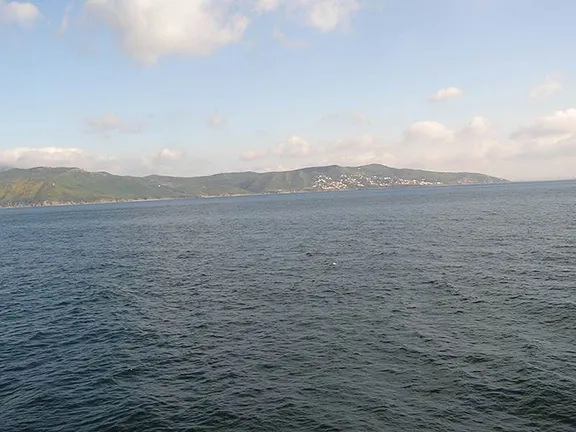
Barbary Coast of Tangiers
Following the reconquest in 1492 the coast of southern Spain and in particular Andalucia became a particular target for the raiders. King Ferdinand II of Aragon and Queen Isabella of Castile had expelled or executed the Moors from Spain unless they agreed to convert to Christianity. Many of those who refused to convert lost all their land and possessions and were understandably a little upset. Many elected to join the Barbary pirates to exact revenge. Even those who converted to Christianity, known as Moriscos, were viewed with suspicion and between 1609 and 1614 thousands were expelled from Spain. Numerous discontented Moriscos swelled the ranks of the pirates.
Even before the final reconquest, the pirate ranks had been swollen by emigres from Spain. Between 1100 and 1600 various pogroms persecuted Jews, Jewish Moriscos and those Jews who had chosen to convert to Christianity known as Conversos, resulting in thousands either emigrating or being expelled. Many chose to resettle in Algeria, Tripoli and Morocco where some inevitably joined the pirates.
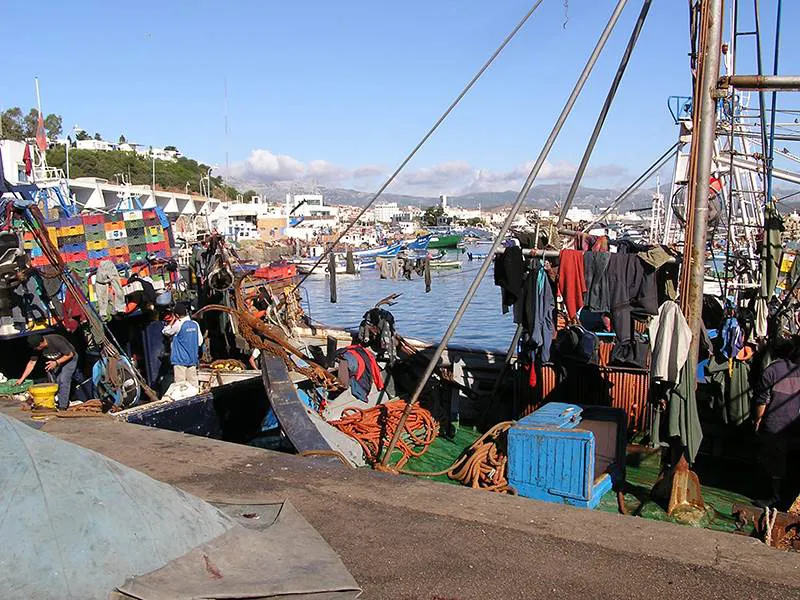
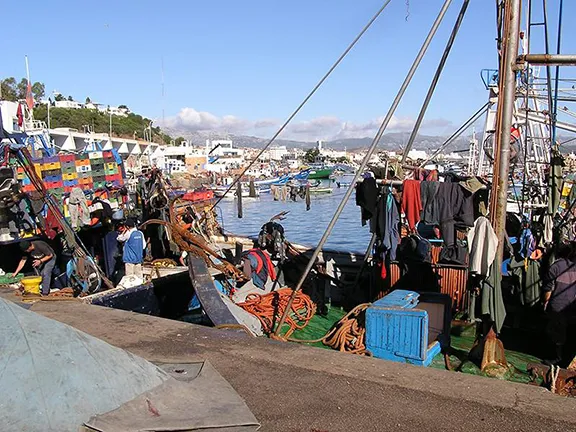
Mdiq - a refuge for the Barbary Pirates
The Ottoman Empire was expanding its influence from its heartland, Turkey, through the Levant and into North Africa. Even before being 'officially' acquired by the Empire, many of the Muslim provinces and states were sympathetic to the cause. This affinity gave Ottoman corsairs, such as Admiral Kemal Reis, the opportunity to use the harbours along the north African coast as havens from which they could attack passing shipping.
Reis's career started in 1487 when the Sultan of the Ottoman Empire, Bayezid II sent Reis with a fleet to relieve the last Muslim stronghold in Spain, Granada. Reis captured Malaga and raided the coastal settlements of the Balearic Islands and Corsica. He returned to Andalucia between 1490 and 1492 and transported any Jews and Muslims that wanted to leave Spain to parts of the Ottoman Empire. He then went on to bombard the ports of Malaga, Almeria and Elche.
Promoted Admiral of the Ottoman Navy in 1495, Reis was given a fleet of 12 ships and became a scourge of shipping in the eastern Mediterranean. In 1501 Reis, with his nephew, Piri Reis was back raiding Majorca and capturing ships off the coast of Valencia. On one of the ships, a prisoner was taken who had in his possession a feathered headdress and a chart. The man claimed to have sailed with Colombo (he presumably meant Christopher Columbus, also known as Cristobal Colon and sometimes Colombo) three times to the newly discovered lands across the Atlantic and that Colombo himself had drawn the chart. This chart later became one of the source charts for the famous Piri Reis map of 1513.
From Valencia the Reis's and their followers went on to bombard and raid coastal towns and ports in Andalucia, sailing through the Strait of Gibraltar to carry out raids along the Atlantic Iberian coast.
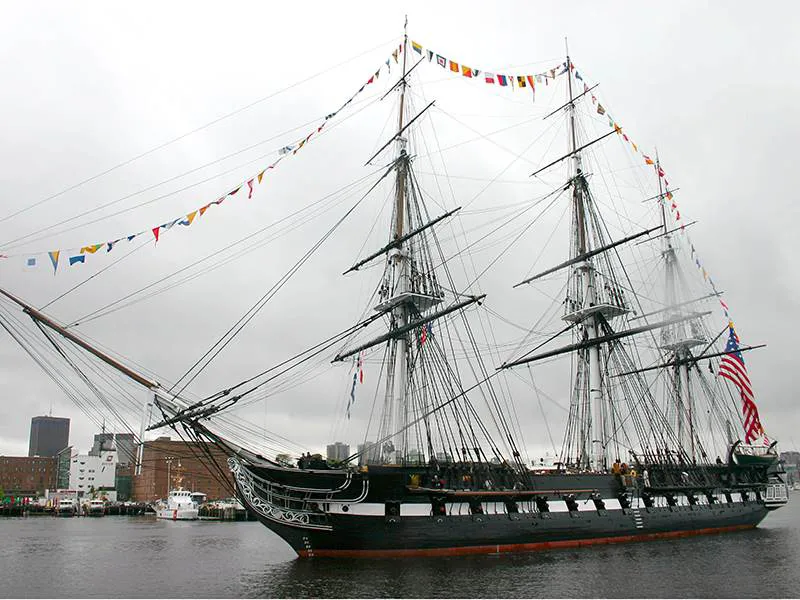
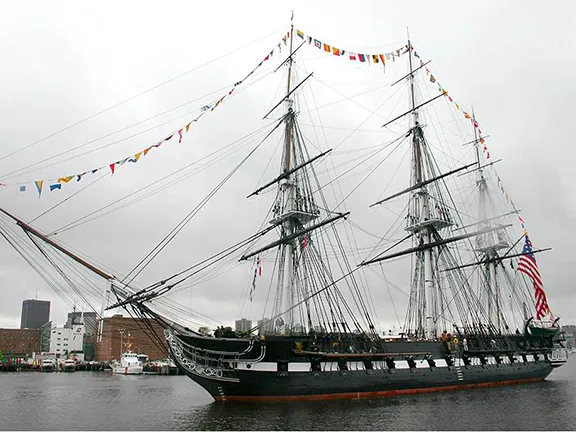
Replica of the USS Constitution
It was during the late 15th and early 16th centuries that the term 'Barbary pirate' was first used as the frequency and range of the attacks increased.
Barbarossa was born Oruc Reis to a Turkish family of Armenian extraction. Initially, he was a seaman on his father's trading boat but while on a voyage back from Tripoli to Greece he was attacked by a galley manned by Knights Hospitaller and imprisoned in Bodrum castle for three years. His younger brother, also on the boat, was killed in action. Oruc escaped and was given 18 galleys by an Ottoman prince and charged with fighting the Knights Hospitaller who were inflicting severe damage on the Ottoman trade. He was later given 24 galleys and sent to the Italian coast. In 1503 Oruc moved his operations to the western Mediterranean all the time increasing his reputation as a corsair. Between 1504 and 1510 Oruc transported hundreds of Muslim Mudejars from Spain to North Africa. It was during this period that he gained the name Baba Oruc, or Father Oruc, Barbarrosa to the Europeans.
In 1512 Barbarossa appeared off the coast of Andalucia capturing a galliot owned by a Genoan family. He then went on to Minorca and captured a coastal castle. At this time he was based at La Goulette, the port of Tunis. He built a further three galleys and a gunpowder manufacturing facility at La Goulette and, in 1513, ventured forth again to capture four English ships, raid Valencia where he captured four more ships and on to Malaga where he took a Spanish galley. During the next few years, Barbarossa took shipping and raided the coast of southern Spain taking dozens of ships and thousands of slaves.
In 1516 he took Algiers from the Spanish and established himself as Sultan. In 1517, severely oppressed by the Spanish, Barbarossa offered Algiers to the Ottoman Sultan for which he received the title of Bey (Governor) of Algiers and Beylerbey (Chief Governor) of the western Mediterranean. Later the same year Barbarossa marched on, and took, the Algerian town of Tiemcen, another Spanish possession. The following year a Spanish force of 10,000 soldiers and thousands of Bedouin tribesman besieged Tiemcen, defended by 1,500 Turkish soldiers and 5,000 Moorish soldiers and recaptured the town after twenty days. Barbarossa was killed in action.
In the early 16th century, the Ottoman sultan appointed men such as Oruc Reis and Kemel Reis as Admirals, with large fleets at their disposal, and as Beylerbeys or Commanders of countries such as Algeria, Tripoli and Tunisia. The coastal ports of these countries became the bases from which the corsair fleets sailed. In the early years, the Beylerbeys, representing the Sultan, were slave hunters at the same time undertaking military operations for political reasons. They undertook some audacious raids including, in 1563, the capture of Almunecar. Coastal raids became more frequent to such an extent that their native inhabitants deserted many coastal zones and many of the coastal torres, that still exist in various states of disrepair, were built.
In 1587 the situation changed as the Beylerbeys of north Africa were replaced by pashas appointed by the Sultan in Constantinople for terms of three years. The emphasis then became plunder, from land or sea, as the pashas strived to increase their wealth during their three-year appointment. The raids became more adventurous and attracted adventurers from other countries, some of whom rose to high positions in the Ottoman or pasha's navy.
One such was Jack Ward. Already a privateer for Queen Elizabeth during her war with Spain he found peace not to his taste. In 1603, with a few friends, he captured a ship and sailed it to Tunis. He and his crew converted to Islam, and they became notoriously successful pirates. Ward is known for introducing heavily armed square-rigged ships to the north African area to replace the lighter oar and sail propelled galleys. His wealth could not save him from the plague. He died in 1622. His epitaph could well be the words used by the English Ambassador to Venice, ' Beyond doubt the greatest scoundrel that ever sailed from England.'
Another Corsair, Henry Mainwaring, had a somewhat chequered career. In 1602, at the age of 15 years, he graduated from Brasenose College Oxford with a B.A. in Law. He served as a trial lawyer then became a soldier, author and seaman. In 1610 he was given a commission to capture the Newfoundland pirate, Peter Easton, who was thought to be in the vicinity of the Bristol Channel. Mainwaring took his heavily armed ship, the Resistance, into Spanish waters and turned to piracy, based at La Mamora, now Mehdya, on the Atlantic coast of Morocco. Such was the reputation he gained that the Spanish offered him a pardon for piracy if he would serve in the Spanish Navy. In 1616 Mainwaring saved a trading fleet from Newfoundland as it approached Gibraltar and was granted a pardon by King James I of England.
In his book, 'Discourse of Pirates', now in the British Museum he advises the monarch not to grant pardons to pirates. He was promptly sent to the Venetian Republic as the King's representative. Mainwaring was knighted in 1618 and commissioned into the Royal Navy where he achieved the rank of Vice Admiral. In 1621 he was elected to Parliament. Unfortunately for Mainwaring, his luck expired after the English Civil War. He had supported the royalists and after the war was exiled to France where he died in poverty.
Nowhere in the Mediterranean west of Crete was safe. Occasionally the pirates would venture further afield. In 1627 they raided Iceland taking 400 prisoners, 240 of whom were sold into slavery on the Barbary Coast. In June 1631 the citizens of Baltimore in County Cork, Ireland, were surprised when Murat Reis and troops from the Ottoman Empire stormed ashore and took most of them prisoner to be sold as slaves in North Africa. A new study by Professor Robert Davis of Ohio State University suggests that a million or more European Christians were enslaved by Muslims in North Africa between 1530 and 1780 – a far greater number than had ever been estimated before.
The potentates had a simple working relationship with pirates. In return for shelter in that country’s harbours, the pirates would pay a portion of their ill-gotten gains to the ruler of the day. It was an early example of state-sponsored terrorism.
Due to the Strait of Gibraltar, every ship that enters or leaves the Mediterranean can be seen from the north Moroccan coast and, historically, the Moroccan potentates were favourably inclined towards the pirates or at least the money they produced. Morocco also has a sheltered bay to the east of Ceuta with several well-protected harbours and anchorages such as Martil and Mdiq, ideal for the corsairs. Today the old harbour at Martil is silted up but visitors to Mdiq, about 20 kilometres south of Ceuta, can visit the harbour that, apart from a few modern buildings, is largely unchanged since the days of Barbarossa.
The emerging European powers meanwhile played a political game with the pirates. France encouraged the pirates against their rivals, Spain and later Britain and Holland supported them against France. From the 1630's onwards, Britain had a series of treaties with the Barbary States that were repeatedly broken, but increasing naval power allowed Britain to retaliate effectively. In 1675 a Royal Navy squadron bombarded Tripoli and forced a truce between Britain and the Libyan pirates. The same squadron also negotiated a truce with Tunis and the Tunisian pirates.
A truce negotiated with the newly emerged independent military republic of Algeria in 1671 was broken in 1677 when pirates from Algiers returned to piracy against British shipping. They were subdued again in 1682.
France meanwhile, itself emerging as a naval power, bombarded Algiers in 1682, 1683 and 1688 to eventually guarantee a peaceful passage for French shipping. Algiers by this time was the most powerful of the Barbary States and remained so until the problem of piracy was finally ended. The other states looked to Algiers for their lead.
The potential rewards from piracy for corsairs and the local pashas continued to be too great a temptation. Some countries arrived at a more financially viable solution, paying the Corsairs an agreed amount to leave their ships alone while powerful merchant organisations, for instance, the British and Dutch East India Companies, paid a levy and treated it the same as normal shipping insurance. They were even given notice, in a novel sort of way, when the premium had increased: the Corsairs took another ship and ransomed it back to its owners at the new rate.
There appeared to be a degree of tolerance on both sides. Europeans realised that the practice of breaking an existing agreement when a Moslem deemed it out of date was viewed by the Muslim as normal behaviour. Conversely, the Moslems knew that if they went too far, they would end up with a gunboat in their harbour. On the European side, overseas trading was seen as risky both regarding investment and in the actual practice. Piracy was viewed as one hazard amongst many. This uneasy relationship could have continued if it were not for the arrival of the Americans.
In 1783 the American War of Independence resulted in an independent nation, America. Up until that date the British navy had provided some protection to American merchantmen, but after Independence, that stopped.
Morocco, the first country to recognise America as a sovereign nation in 1783, was, the following year also the first to condone the taking of an American merchantman by pirates. Tangiers had long been one of the major Barbary ports. American merchantmen were regarded as easy and legitimate prey; after all, they were not paying tribute, and they were undefended, there being no sign of a United States Navy on this side of the Atlantic. Losses mounted until the United States took a lesson from other nations’ books and came to a financial arrangement with the various rulers on the Barbary Coast. By 1800 the bill for tribute and ransom payments to the Barbary pirates amounted to 20% of all Federal government expenditure. They soon found that a policy of appeasement without the necessary show of force only resulted in more ships and more captives being taken and the Muslim rulers demanding more and more tribute.
In 1801, Thomas Jefferson was elected President of the United States. He believed that appeasement conveyed weakness that only encouraged further treachery. He sent a squadron to North Africa. By the time they arrived the Bey of Tripoli, Pasaf Yusuf Karamanli, convinced America was a weak tribe and too far away to be much of a menace, had declared war on the United States. He did this in the traditional manner, by cutting down the flagstaff in front of the United States Consulate. For two years the squadron bombarded the pirate lairs along the Barbary Coast, but Karamanli remained defiant.
Then in 1803 Jefferson sent an ‘Ironside’, the USS Constitution, across the Atlantic. She and her sister ship the USS Constellation had been commissioned in 1795 specifically to deal with the Barbary pirates. Tripoli harbour and the Pasha’s palace were bombarded and ruined. By a mixture of military action and political intrigue, Karamanli was brought to heel in 1805 and forced into an agreement that stopped the paying of tribute to all the Muslim potentates. The peace lasted all of two years before Algiers broke the agreement.
The Americans by this time were distracted by worsening relationships with Britain over trade with France. Britain was involved in the Napoleonic wars with France and objected to America trading with the enemy. It was not until after the peace of 1815 that consideration could again turn to the problem of the Barbary pirates.
In 1815 the Americans took unilateral action against Algiers by sending a squadron to initiate negotiations with the Dey of Algiers (Dey was a title given to the rulers of the Regency of Algiers and Tripoli under the Ottoman Empire after 1671). Once again, the threat of destruction appeared to work, and the Americans left Algiers with a treaty that guaranteed no further tribute payments and full shipping rights in the Mediterranean Sea.
The following year, 1816, a British squadron arrived on the Barbary coast to negotiate for the release of European slaves and end piracy. The Beys of Tunis and Tripoli agreed immediately, but again the Dey of Algiers proved difficult and had to be shown the error of his ways with a nine-hour bombardment of the port.
Piracy and the Barbary slave trade had almost ceased by 1818. There were sporadic attacks on merchant ships and it was not finally eradicated until France colonised Algiers in 1830 and Tunis in 1831.